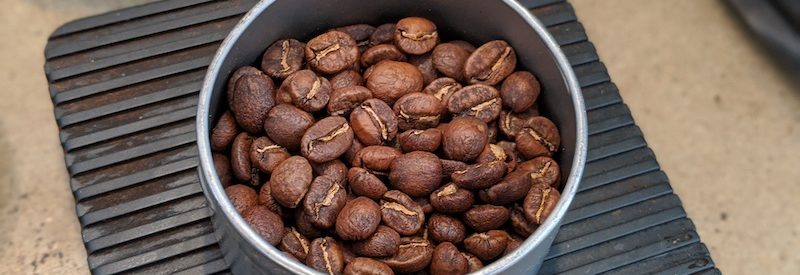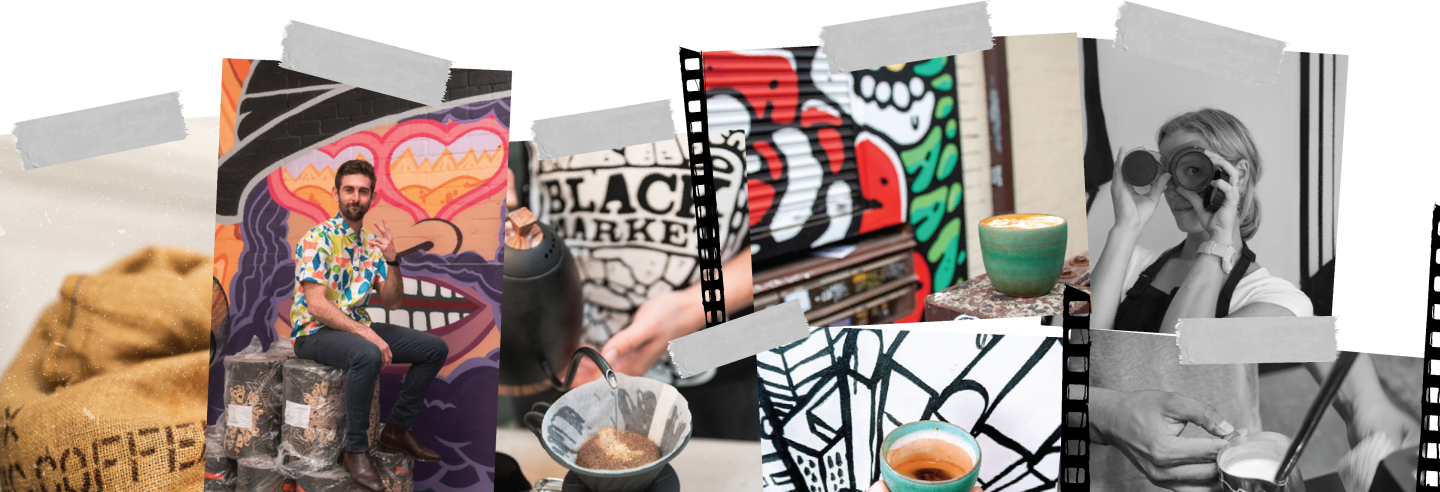
HOW DOES WATER TEMPERATURE AFFECT YOUR ESPRESSO?
Water is a somewhat necessary part of our existence, and unless you eat coffee your beans straight out of the bag, it’s a necessary part of a coffee’s existence.
It’s a complex topic, very scientific, definitely getting into some high brow coffee snobbery with chemical equations and variables and such and so forth, so we’ll break it down into bite sized chunks, into little ponds rather than oceans, so to speak.
So, how does water temperature affect your espresso?
You may remember from Year 8 chemistry, or from one or two experiences in real life, that temperature changes things. Dihydrogen Monoxide (H20, duh) becomes ice, water or steam at different temperatures. The flour and egg proteins in a batter will stretch and bind to make a cake that’s hopefully not gooey on the inside and not black on the outside.
In an espresso, the water temperature running through coffee grounds will determine which compounds dissolve and are carried with the water into the cup, and which ones are left behind.
It’s these dissolved compounds which give us the flavour and body we love, and the compounds which give us those sweet, full bodied, sometimes fruity, sometimes chocolatey espressos love a good hot bath. But, alas, so do those pesky compounds which are bitter, overly smokey, and astringent. Just like how you go to that bar down the road because it’s hip and vibing and you flirt with the bartender, but the chain smoking, sardonic old timer is there too – for all the same reasons. Sometimes you just can’t control who comes to the party.
Experiments carried out by Andrew Easthorpe and Ted Lingle showed that at as the water temperature increases from 70 to 94 degrees, the amount of sucrose extracted increases, what we sense as sweetness, the amount of citric acid, a fruity flavour, increases but at a lesser rate, and malic acid (a tart or sour note) decreases ever so slightly. The extraction rate of phenolic compounds (smokey and bitter) increases at a higher rate than the extraction of chlorogenic acid and caffeine.
From 94 – 98 degrees, the extraction rate of sucrose and citric acid decreases, while malic acid increases. Chlorogenic acid starts to break down into caffeic and quinic acid which are perceived as bitter.
Converse to the norm here, CO2 becomes less soluble as the temperature increases. The gas creates a resistance to the water flow, and so a variable in water temperature changes the amount of resistance it gives, which changes the time the water has in contact with the coffee to extract the compounds.
If we go back to our bar analogy, let’s say as the day gets warms up (the night doesn’t generally get hotter so this is now a daytime bar setting), the bouncer is gets too hot to do his job properly so lets heaps of people in quickly, the sweet ones, the fruity ones, a few tarts and old mate chimneyfish, but also the common people who dilute the characters out a bit.
Essentially, changing water temperature is changing the balance of the final espresso. It changes the amount of compounds, what kind of compounds, and the percentage of total dissolved compounds in the cup.
So how to use this information in your espresso practice? Whether or not you can change the temperature at all will depend on your machine, and even then, the degree set may not correspond precisely with reality due to the boiler accuracy and efficiency in busy service times. But if you are able to experiment, have fun with it! Think about the characteristics of the coffee and how they could be enhanced with a change in temperature. A light roasted yirgacheffe might really sing at 96 degrees, accentuating the fruity and bright notes. A well developed PNG might ooze body and darker chocolate notes at 94.
It’s your bar, your watering hole, and you set the tunes.
References
https://www.fivesenses.com.au/blog/brew-temperature-and-its-effects-on-espresso/
https://onacoffee.com.au/news/temperature-and-espresso-hugh-kelly/
http://www.diycoffeeguy.com/espresso-extraction-temperature/
Be The first to know about new digs.

